Communications
- January 13, 2023
- 4 min read
- Marketing Automation
- Blog
Marketing automation is a powerful tool that can help businesses streamline their marketing efforts and improve their ROI. However, getting started with marketing automation can be overwhelming, especially for businesses that are new to the concept. In this starter guide, we will cover the basics of marketing automation and provide some tips for getting started.
First, it’s important to understand what marketing automation is. Essentially, marketing automation is the use of software and technology to automate repetitive marketing tasks, such as email marketing, social media marketing, and lead generation. By automating these tasks, businesses can save time and resources while still reaching their target audience.
Why should businesses consider implementing marketing automation?
Businesses benefit from marketing automation because it streamlines processes, reduces human error, and enables consistent communication with their audience. Additionally, it makes it easier to scale marketing efforts and track the effectiveness of campaigns—ultimately improving return on investment (ROI).
It also allows businesses to segment their audience and tailor their marketing efforts to specific groups. For example, businesses can create different email campaigns for different segments of their audience, such as existing customers and new leads.
Another benefit of marketing automation is that it allows businesses to track and analyze their marketing efforts, which can help them make data-driven decisions about where to allocate resources.
To get started with marketing automation, businesses should first choose a marketing automation platform that fits their needs. Some popular options include Marketo, Pardot, and HubSpot. It’s important to research different options and choose one that offers the features and integrations that are most important to your business.
Next, businesses should create a plan for how they will use marketing automation. This plan should include specific goals, such as increasing lead generation or improving customer retention. Businesses should also identify which marketing tasks they will automate and how they will measure success.
Finally, businesses should start small and test different automation strategies before rolling out a full-scale campaign. This will allow them to identify what works and what doesn’t before making a larger investment.
Final Thoughts : Can Marketing Automation Help Small Businesses Grow Online?
Absolutely. By automating key marketing functions, small businesses can scale their outreach, maintain consistent communication, and drive qualified traffic without increasing headcount. A well-structured lead-nurturing automation workflow ensures that prospects receive timely, personalized messages, which build stronger relationships and increase conversion potential.
To understand performance, it’s essential to know how to measure success in automation. This includes tracking lead conversions, engagement rates, and campaign ROI. Marketing automation also improves customer segmentation, allowing for more precise targeting across multiple audience groups. Additionally, it enhances reporting and ROI tracking, providing data-driven insights that help businesses refine strategies and maximize impact.
Need help getting started? Contact Code & Peddle for personalized guidance
FAQs
Marketing automation is the use of software to automate repetitive marketing tasks like emails, social media posts, and lead nurturing. It helps increase efficiency, improve personalization, and boost conversion rates. Which tools are best for marketing automation beginners?
Common mistakes include poor segmentation, setting and forgetting campaigns, lack of personalization, and failing to analyze results. Automation should be monitored and optimized regularly.
It enables timely, personalized communication through automated campaigns that nurture leads based on their behavior, increasing conversion chances.
Track metrics like open rates, click-through rates, conversion rates, lead-to-customer ratio, and ROI to evaluate performance and improve future campaigns.
No. While email is a core use, marketing automation also covers SMS, push notifications, chatbots, social media scheduling, and CRM workflows.
Marketing automation tools can automate email campaigns, social media posting, lead generation, customer segmentation, follow-up reminders, and reporting analytics. This frees up marketers to focus on strategy and creative planning, rather than manual execution.
















